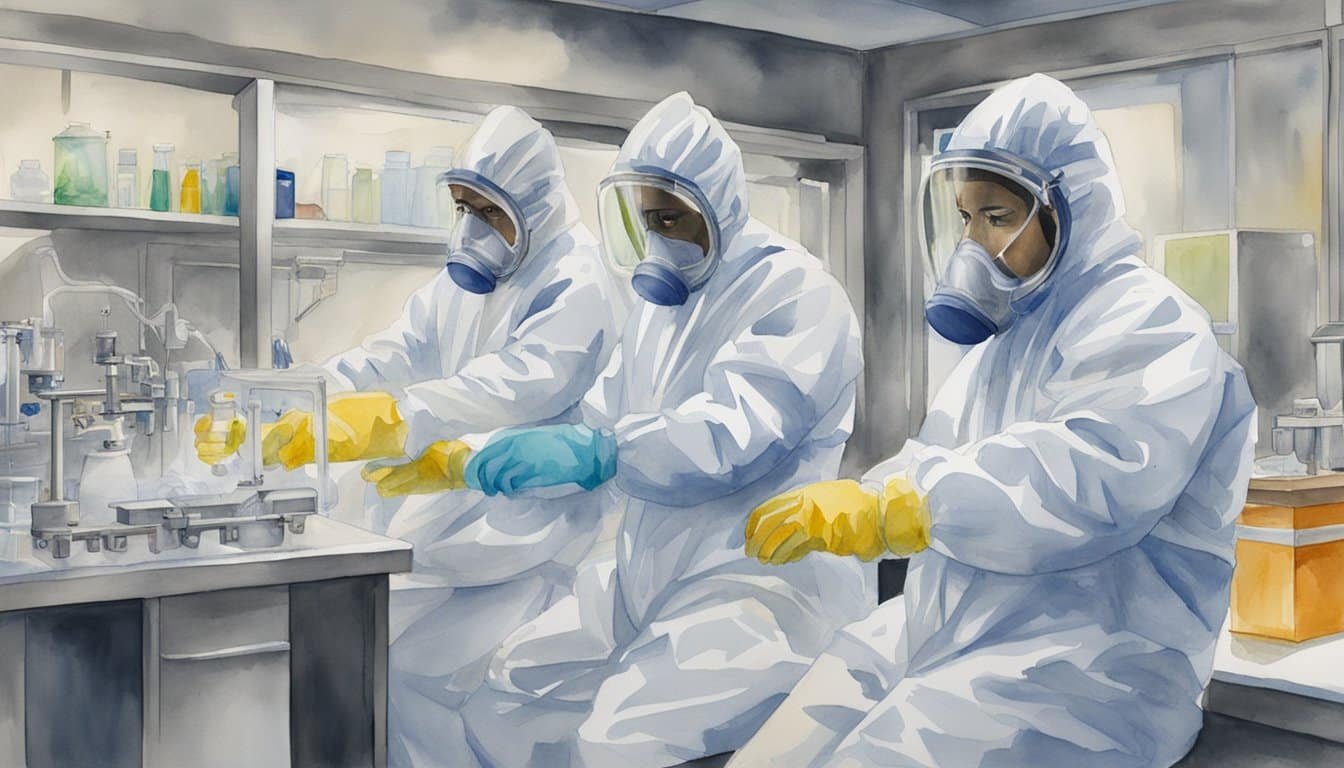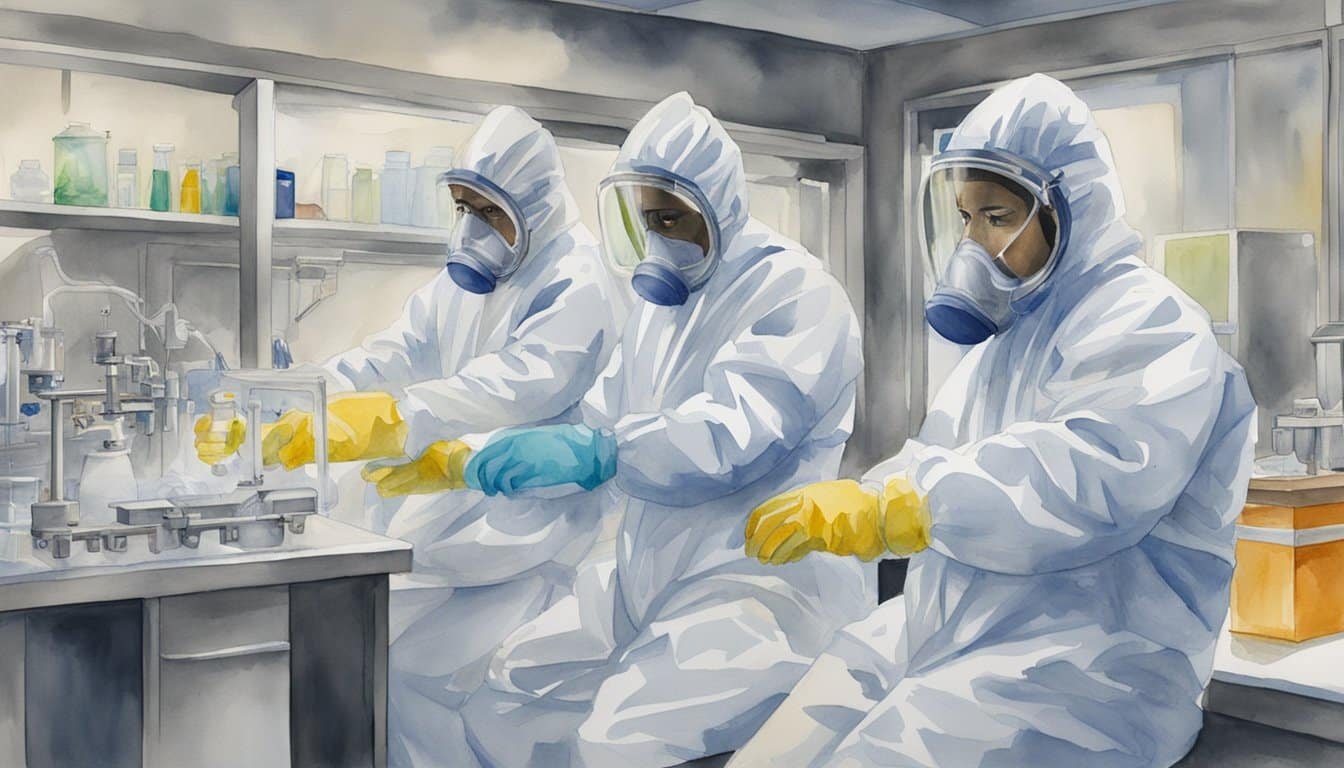Understanding BSL-4 Labs
BSL-4 labs are the apex of laboratory biosafety levels, featuring extreme security measures and containment protocols to handle the world’s most deadly pathogens. These facilities are rare and operate with the highest degree of biosecurity.
Biosafety Levels Overview
Biosafety levels are stratified from BSL-1 to BSL-4, with each level increasing in safety requirements and containment.
- BSL-1 labs deal with well-characterized agents not known to consistently cause disease in healthy adults and pose minimal potential hazard to laboratory personnel and the environment.
- BSL-2 labs are similar to BSL-1 and include several more safety measures to handle moderate-risk agents that can cause human disease.
- At the BSL-3 level, labs work with agents that can become airborne and potentially cause severe or lethal disease.
- BSL-4 signifies the highest level of biosafety, for work with dangerous and exotic agents that pose a high individual risk of aerosol-transmitted laboratory infections and life-threatening disease.
Key Features of BSL-4 Facilities
BSL-4 labs, also known as biosafety level 4 or BSL-4 laboratories, incorporate numerous features designed to prevent the accidental release of dangerous pathogens. They include:
- Special containment and biocontainment measures such as airlocks and filtered ventilation systems.
- Use of Class III biosafety cabinets and/or positive pressure suits to ensure a secure laboratory environment.
- Facilities operate with a biosecurity plan that includes strict access control and intensive monitoring.
These high-containment labs are built with specialized engineering and design to prevent the escape of microbes into the outside world. For instance, aerobiology research within a BSL-4 lab is safely conducted using these advanced biosafety cabinets and positive pressure suits to handle airborne pathogens.
Security and Safety Protocols
The operation of a BSL-4 lab is guided by stringent safety and security policies, enforced by both international and national legislation and regulations. These protocols include:
- Rigorous decontamination procedures for both personnel and equipment.
- Mandatory training and use of appropriate safety equipment for all lab personnel.
- Constant surveillance and layers of security checks to ensure biosecurity.
Being the most secure type of research facility, BSL-4 labs are crucial in the global effort to advance our understanding of emerging diseases and in the development of medical countermeasures such as vaccines and therapeutics. Each lab operates under a web of policies to ensure that the potentially catastrophic risks associated with the work done inside do not materialize.
BSL-4 Pathogens and Research

BSL-4 labs are the frontline in studying the world’s most lethal pathogens. Here, scientists wear spacesuit-like protective gear and work in super secure environments to understand and combat diseases like Ebola, Marburg, and Nipah.
Handling Dangerous Pathogens
Scientists operating in BSL-4 labs must follow strict safety protocols when dealing with hazardous pathogens transmissible between humans. They employ advanced safety precautions to prevent any risk of exposure. Research in these labs focuses on pathogens for which the origin of the microbe may be unknown, or there are no effective treatments or vaccines available. These include viruses such as the Ebola virus, Lassa fever, and various coronaviruses like SARS and COVID-19.
BSL-4 Research and Development
Within BSL-4 laboratories, research and development activities are crucial to creating diagnostics, treatments, and vaccines. Researchers are involved in cutting-edge science, often using next-generation sequencing methods to rapidly understand the genetics of these dangerous pathogens. This information is vital for developing diagnostic tests and for understanding how a virus like Ebola or Marburg can be transmitted. Scientists also work on developing medical countermeasures and study the effectiveness of new or existing vaccines against these formidable diseases in secure and controlled environments.

